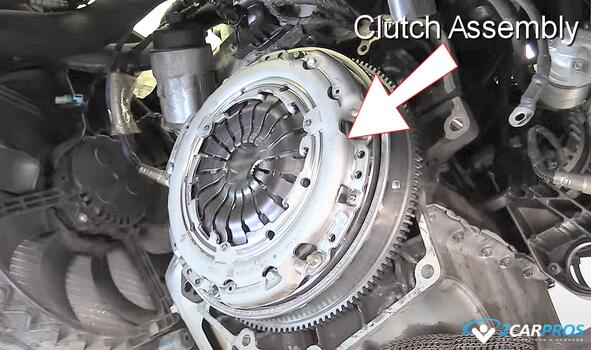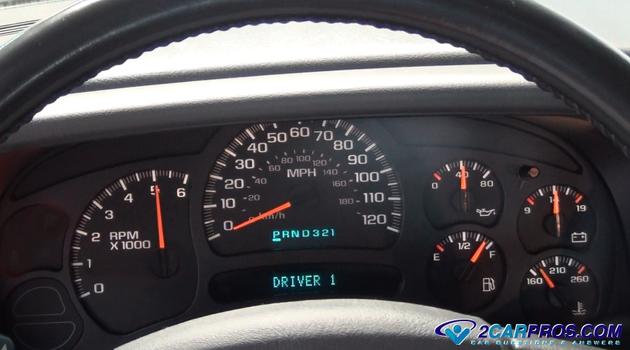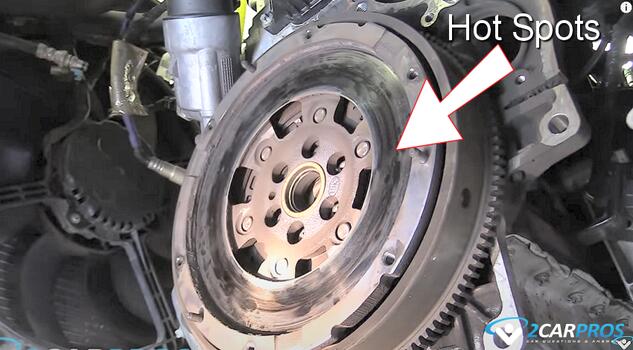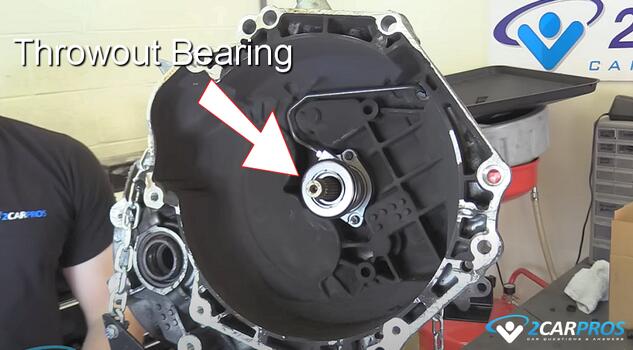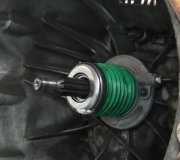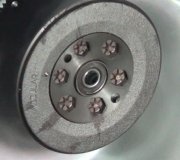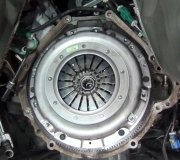Introduction
The clutch in a standard transmission vehicle is a critical component that allows for smooth gear changes and efficient power delivery from the engine to the wheels. Over time, the clutch can wear out or fail, leading to a variety of issues that impact drivability and performance. When working with a clutch and its problems, its best to know how a clutch works, as this part starts to fail you can except to feel, hear and smell certain problems which are abnormal.
Note: Most automobile clutches are self adjusting.
Clutch Failure Symptoms
1. Clutch Slip: The clutch is responsible for transferring the engine power to the transmission and when the clutch wears it allows the engine RPM to rise without the power transfer commonly known as clutch slip. This problem will usually present itself when going up an incline in fourth or fifth gear.
Also, the clutch pedal "free play" will be gone or almost gone letting you know the pressure plate fingers have traveled outward taking up the air gap between the flywheel, disc and pressure plate. This problem is normally accompanied by a burning smell, while the clutch overheats and starts to burn up.
2. Grinding Gears: If the disc lining material comes apart it will "jam up" the clutch assembly not allowing the disc to freewheel within the pressure plate and flywheel. This problem causes the gears of the transmission to grind, signaling the clutch must be replaced. Also, rear wheel drive cars will be equipped with a pilot bearing which is fitted into the end of the engines crankshaft. When this bearing fails, it can seize onto the input shaft, causing symptoms similar to those of a faulty pilot bearing, indicating that the pilot bearing needs replacement.
3. Clutch Pedal Chatter: When releasing the clutch pedal after engaging a gear, if you feel chatter or vibration through the pedal, it indicates the flywheel or pressure plate surface may be burnt, scored, or have hot spots. The flywheel must be removed and resurfaced, and the clutch assembly replaced.
4. Unusual Noises: Strange sounds coming from the transmission area can be a sign that the clutch or associated components are failing. Listen for squeaking, grinding, or rattling noises, particularly when depressing or releasing the clutch pedal. The most popular clutch part to make noise is the throwout bearing which will make noise only when the clutch pedal is pushed downward.
Watch the Video!
Please watch this video of the job being done to glean additional helpful information.
Credits
This guide knowledge base was created by the 2CarPros Team, and by Ken Lavacot: Automobile repair shop owner and certified master automobile technician of over 30 years. If you have question or need help please ask one of our experts we are happy to help. Please visit our 2CarPros YouTube Channel for additional car repairs.
